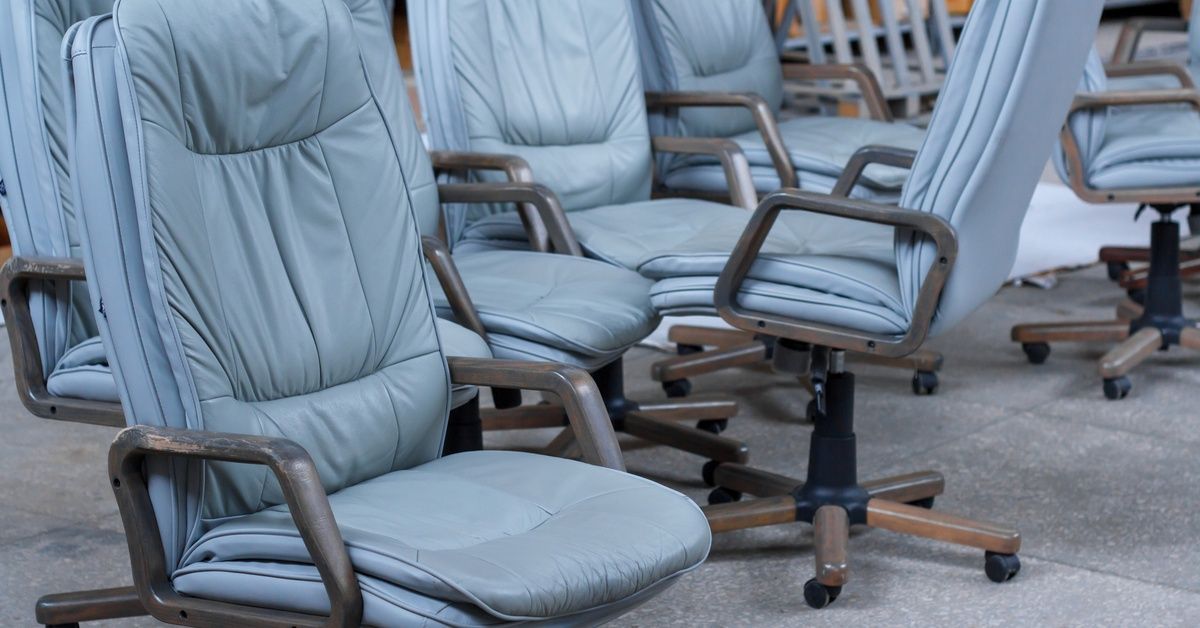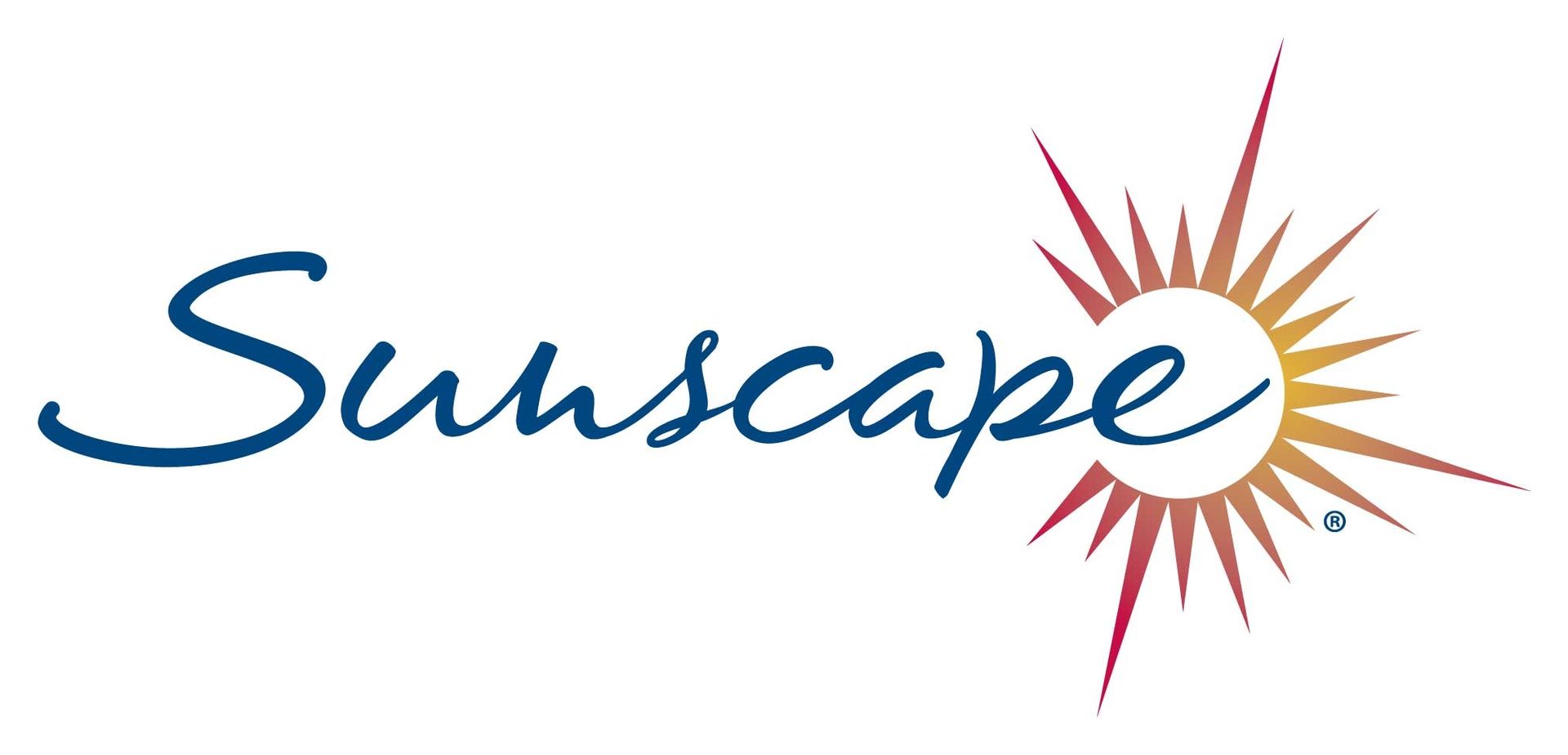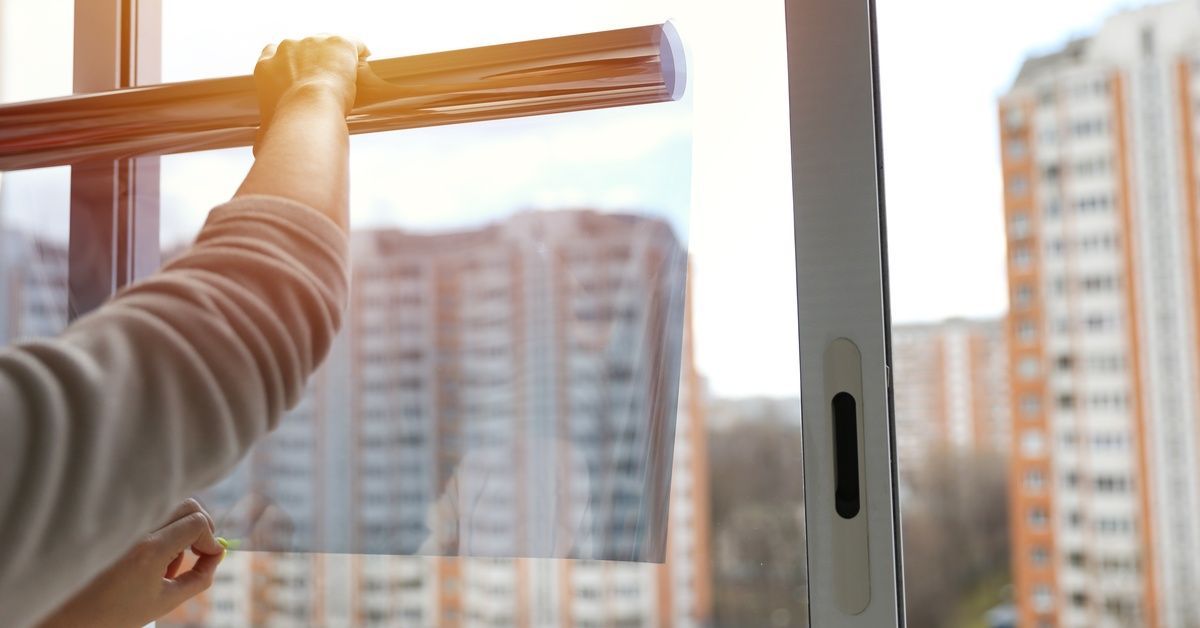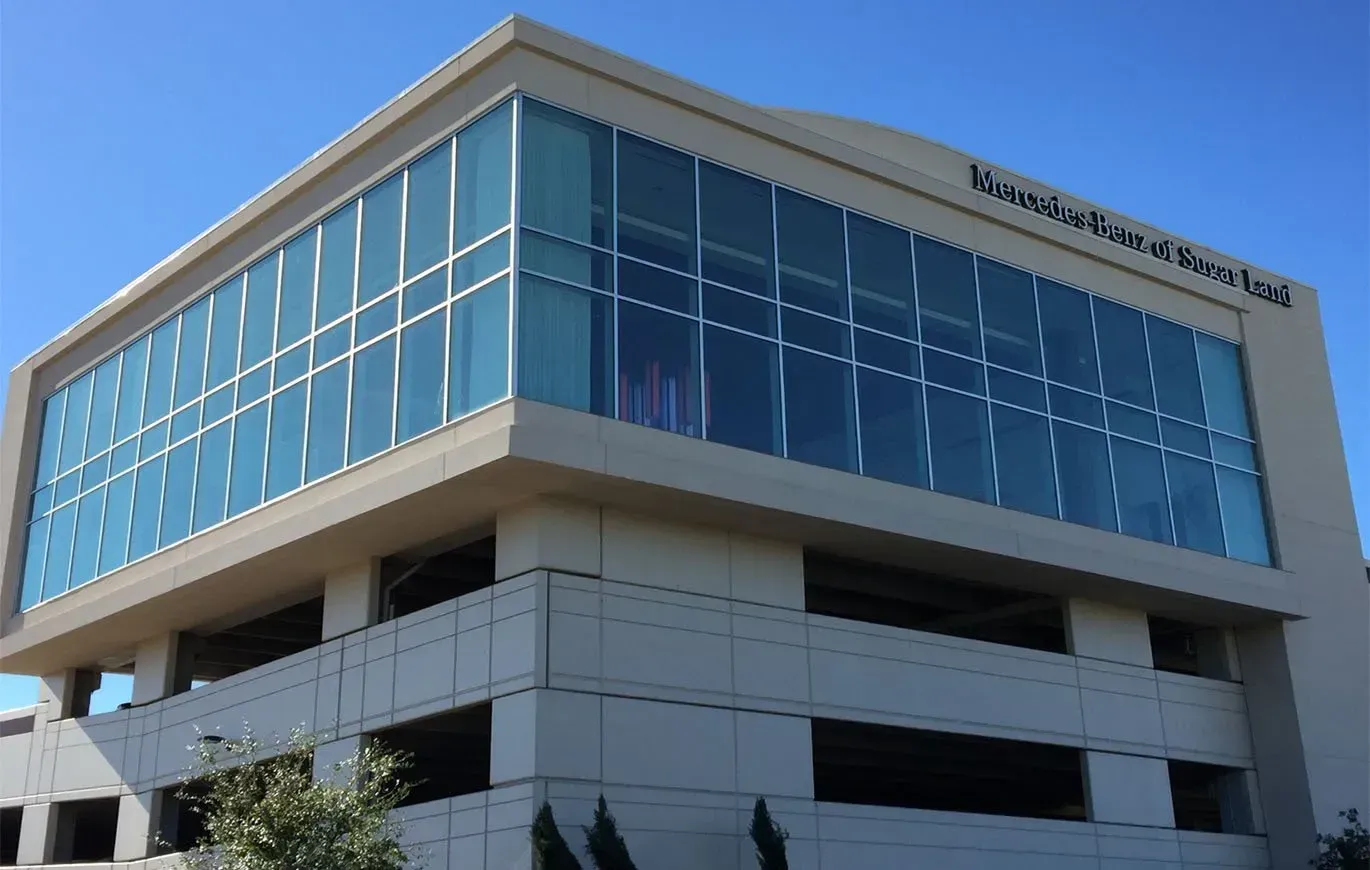9 Signs You Need To Replace Your Office Window Tint
Office window tint serves a purpose beyond aesthetics. It plays a central role in temperature control, UV protection, and glare reduction. When installed correctly using quality materials, it can last for years, but not forever.
Like any building material, office window tint degrades over time. The signs aren’t always dramatic, either. Often, they start small, then gradually impact your building’s comfort and performance.
Below are nine signs you need to replace your office window tint before it affects the functionality or appearance of your space.
1. Your Tint Shows Visible Damage
What is the most obvious sign that your window tint needs to go? You can see it. Bubbles, peeling edges, cracking, or streaks are all indicators that the adhesive is failing or that the film has aged beyond its limits.
While some of these issues may seem cosmetic, they often point to deeper problems such as poor-quality installation or subpar film materials. Ignoring them can lead to worse damage, including potential discoloration of the glass or heat-related stress on the windowpanes.
2. Your Film Looks Purple or Cloudy
If your once-clear or tinted film now looks hazy or has developed a purplish hue, it’s not just aging; it’s chemically breaking down. This type of discoloration is common with dyed films, which are more prone to oxidation than ceramic or metalized alternatives.
Purple or cloudy film doesn’t simply look unprofessional. It also signals that the film’s ability to block UV rays and heat is fading. In other words, your window tint may no longer be serving its original purpose.
3. You Notice More Glare
When employees start repositioning their desks, drawing blinds at odd times, or complaining about eye strain, excessive glare may be the culprit. Glare is one of the first performance-related signs that your window film isn’t doing what it used to.
Try checking any affected rooms between 3:00 and 4:00 p.m., particularly rooms facing southwest. Any glare found on monitors or reflective surfaces during this timeframe indicates that your current window tint may not be filtering enough light and should be replaced with a higher-performance option.

4. Rooms Feel Warmer Than Usual
Heat gain is another indication that your window tint is losing effectiveness. A space that once remained cool might now feel stuffy by early afternoon, particularly in sun-exposed offices or on upper floors. Often, this hints at a decline in the window film’s ability to reflect solar heat.
As performance wanes, cooling systems must work harder to maintain a consistent environment. To regain control, upgrading your office window tinting in Houston, Texas, can help restore a more balanced indoor climate.
5. Increased Energy Bills
Another subtle but measurable sign that your window tint is no longer working is a rise in your building’s energy costs. Old or degraded film allows more heat inside, which forces HVAC systems to work harder, most notably during the summer months.
Review your utility bills from July and August of the last two or three years. If you notice a steady increase without a clear cause, your aging window tint could be part of the problem. Replacing it with a more efficient option could help you reduce cooling expenses going forward.
6. Fading Furniture or Flooring
Discoloration in office flooring, furniture, or decoration often suggests a failure in UV protection. Over time, solar exposure will cause materials near windows, such as leather, wood, and fabric finishes, to bleach. Once you start seeing noticeable fading near glass areas, your window tint may no longer be doing its job.
A high-performance film should block at least 99 percent of UV rays. When that level of protection drops, interior materials will degrade quickly, raising replacement costs for furniture and flooring far earlier than expected. So, if you’re seeing uneven wear across sun-exposed surfaces, it’s likely time to replace the film.

7. It’s Been Over 10 Years
Unfortunately, long-term exposure to sunlight and heat gradually breaks down even the most resilient window film. While premium products like Sunscape Select offer longer warranties and advanced durability, standard films typically begin to decline after 10 years. At that point, performance loss becomes more noticeable, particularly in UV protection, heat rejection, and clarity.
You may not see any obvious damage at the 10-year mark, but degradation often begins internally. It’s worth having any window tint professionally evaluated before problems become visible.
8. You’ve Changed Your Office Layout
Office renovations, departmental shifts, or swapping out window treatments can all change how sunlight moves through your office space. After desk arrangements or seating areas are relocated, previously shaded zones may now face direct sunlight, reducing the effectiveness of your original window film.
Since tinting isn’t a one-size-fits-all solution, the setup that worked five years ago might now be mismatched to your current layout. It’s a good idea to reassess how each space is performing and determine whether upgraded film—or adjusted placement—is needed to support comfort and productivity.
9. New Privacy or Compliance Needs
Business needs evolve. Whether you're adapting to new regulations, adding glass-walled offices, or creating more private work zones for HR, finance, or executive teams, your existing film may no longer offer adequate privacy or compliance.
Some municipalities and property managers now require specific film types for commercial spaces, especially regarding reflectivity, fire safety, or impact resistance. In these cases, replacement isn’t optional. No matter if design changes or updated building codes drive you, your office may need a new grade of film to stay aligned with your goals and requirements.
Your Last Installation Wasn’t Done Right
These nine signs you need to replace your office window tint don’t always point to product failure. In many cases, they reveal flaws in the original installation. Bubbles, poor film alignment, inconsistent coverage, or early peeling could indicate that your last installer used lower-grade materials or rushed the job.
That’s where we come in. At Sun Pro Glass Tinting, we’ve been Houston’s glass tinting specialists since 1997. Our team doesn’t rely on independent contractors. Every installer is a full-time, certified professional. Additionally, our premium films, such as the Sunscape Select Film Series, are renowned for their long-term performance and exceptional clarity.
Call Sun Pro Glass Tinting today to schedule your commercial window film replacement. Let’s upgrade your office with the right tint, installed the right way.







